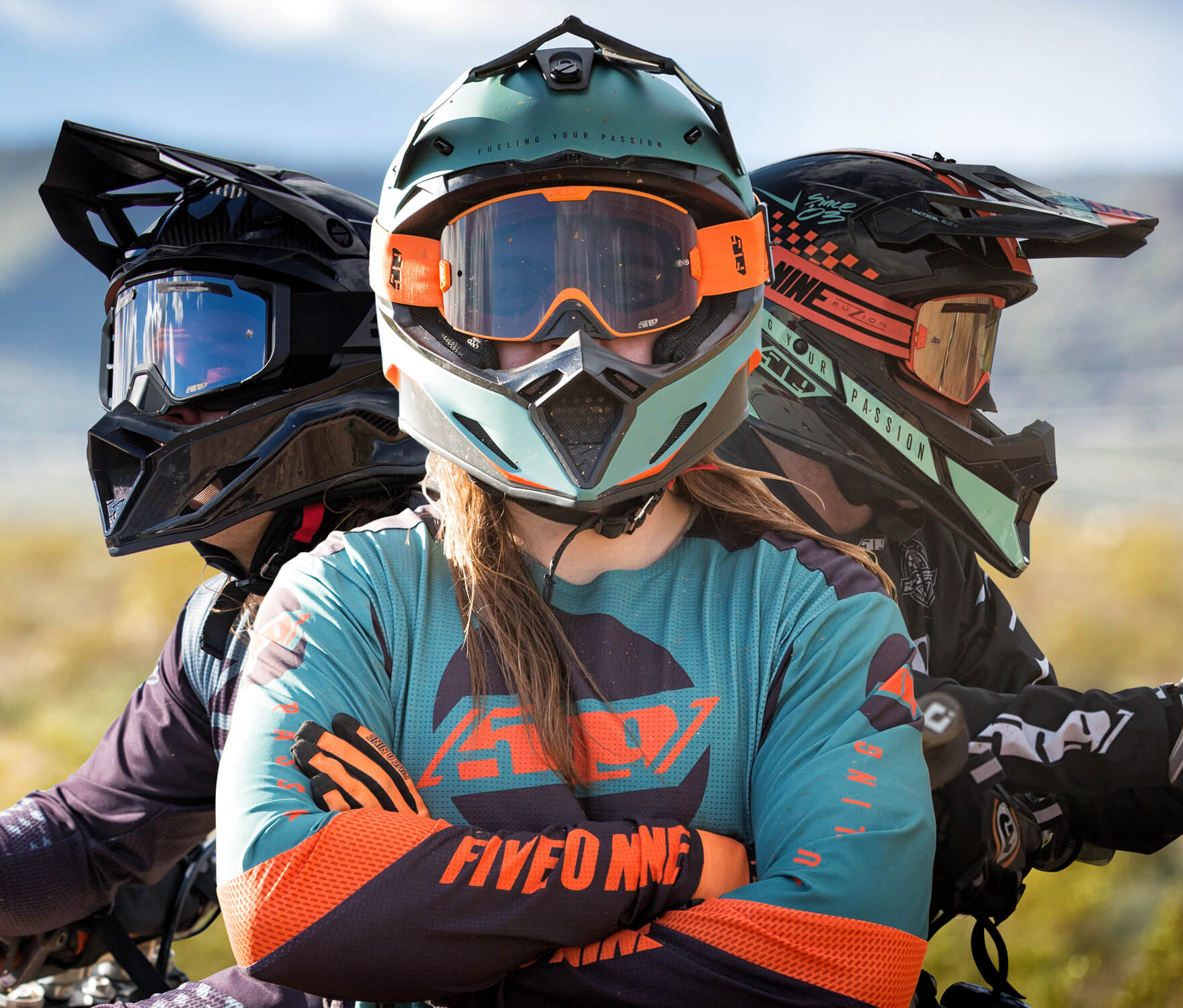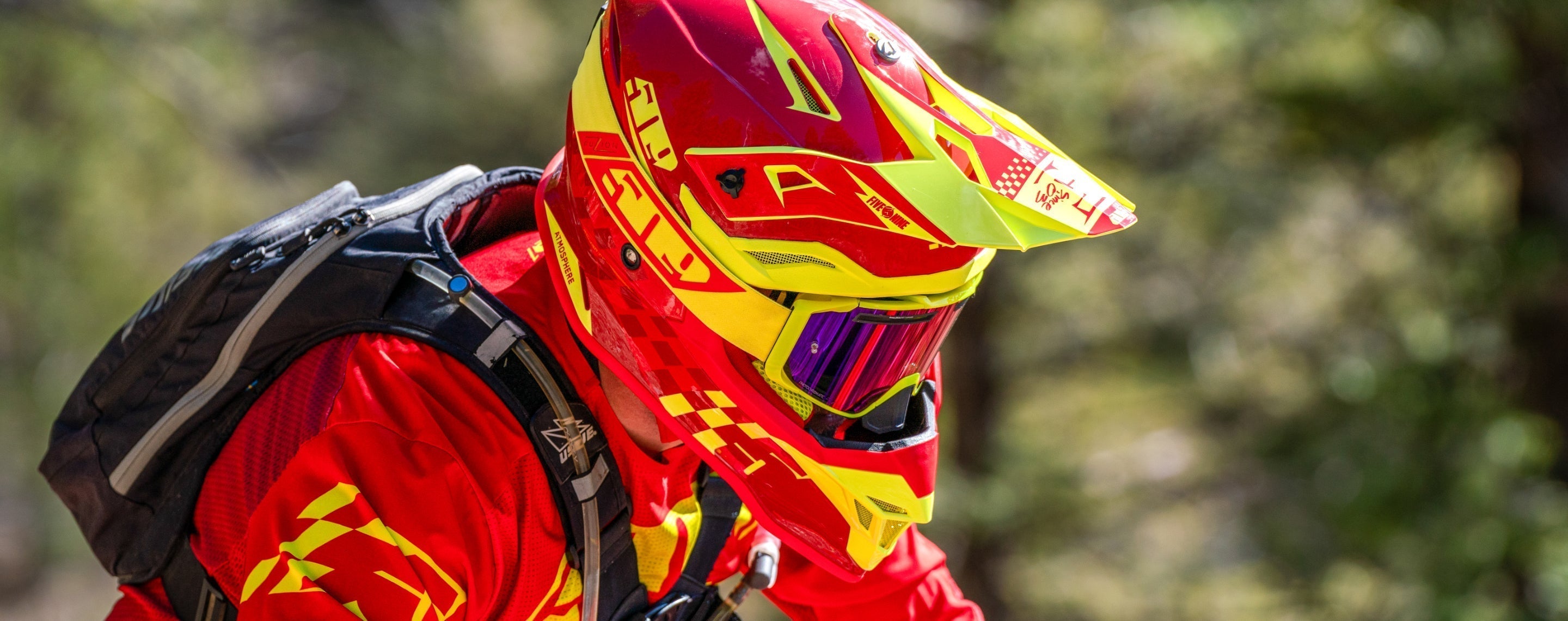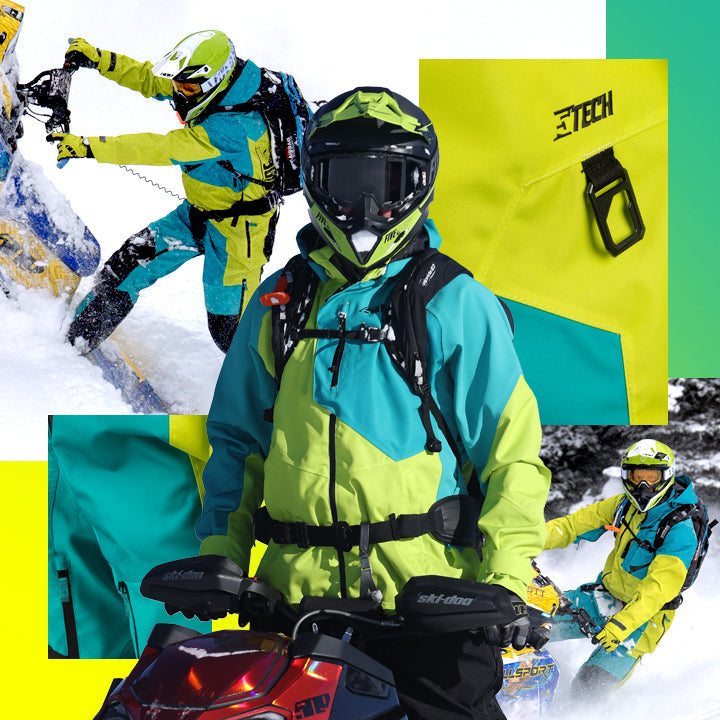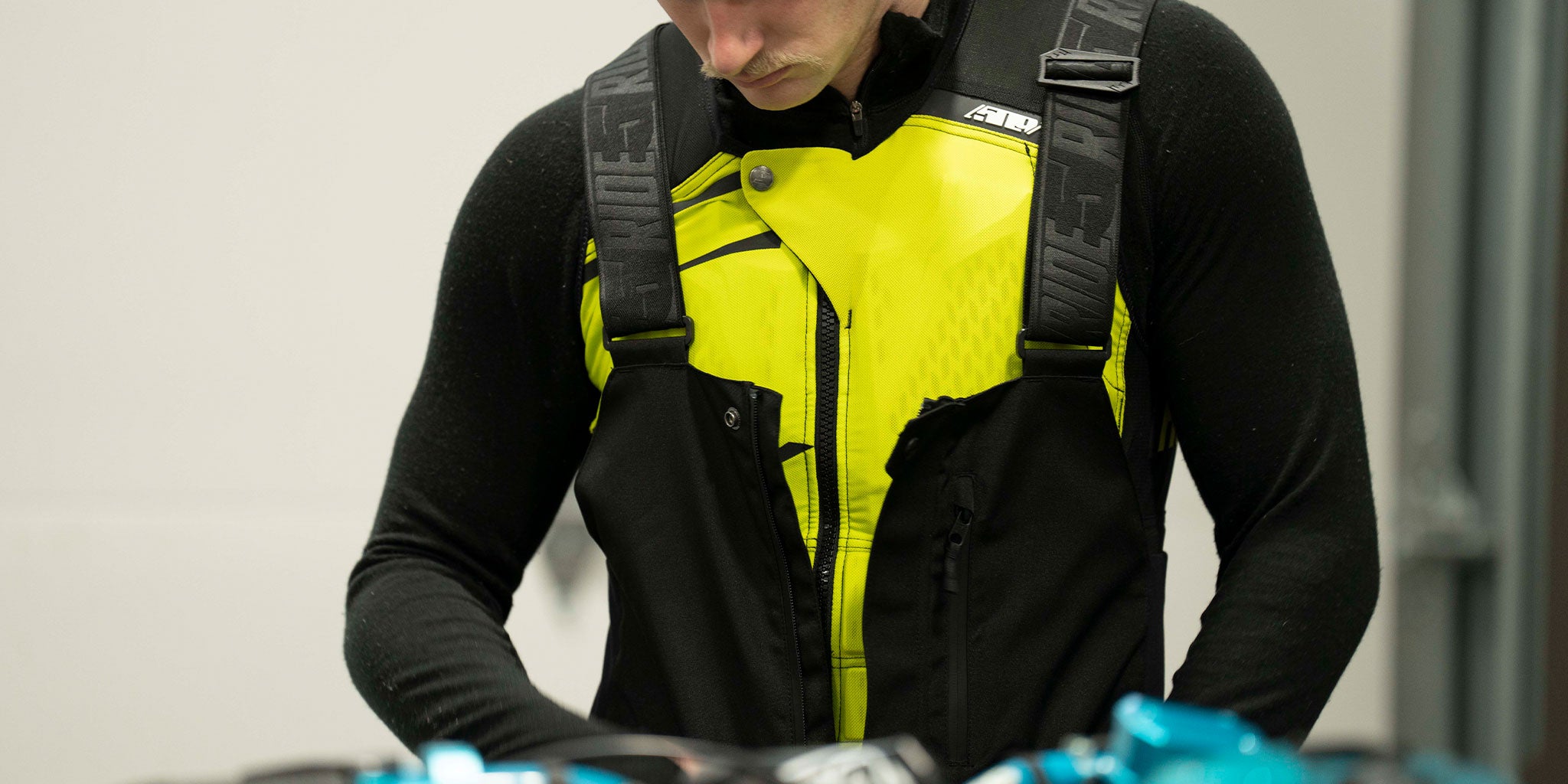
What Does a Goggle VLT Rating Mean?
Understanding Visible Light Transmission (VLT) ratings is crucial for riders looking to optimize visibility and comfort during their adventures. Goggles and visors with varying VLT ratings are designed to perform optimally in different lighting conditions, ensuring riders can see clearly and ride safely regardless of the weather or time of day. Let's delve into what VLT ratings mean and how they correlate with riding conditions, including 509's recommended lens types for specific scenarios.
Visible Light Transmission (VLT) refers to the amount of light that passes through a lens or visor. The VLT rating is expressed as a percentage, with lower percentages indicating less light transmission (darker lenses) and higher percentages indicating more light transmission (lighter lenses).
- Low VLT (e.g., 0-20%): Dark lenses with low VLT ratings are ideal for bright and sunny conditions, reducing glare and providing maximum protection against intense sunlight
- Medium VLT (e.g., 20-80%): Lenses with medium VLT ratings offer versatility, performing well in partly cloudy to sunny conditions while still providing adequate protection in lower light settings.
- High VLT (e.g., 80%+): Lighter lenses with high VLT ratings are suitable for low-light conditions or night riding, allowing more light to pass through for enhanced visibility without compromising protection.
Recommended VLT Ratings by 509 for Different Riding Conditions
S0 Lenses (Low VLT): Recommended for Night or Low-Light Riding
- VLT Rating: 80% to 100%
- Purpose: S0 lenses are designed for riding in darkness or extremely low-light conditions. They offer maximum protection against glare and provide clear visibility during night rides or in areas with minimal ambient light.
S1 Lenses (Medium-Low VLT): Recommended for Overcast/Low-Light Conditions
- VLT Rating: 43% to 80%
- Purpose: S1 lenses are ideal for overcast days or low-light conditions where there is reduced sunlight. They provide enhanced contrast and visibility without being too dark, making them suitable for changing weather conditions.
S2 Lenses (Medium VLT): Recommended for Partly Cloudy/Sunny Conditions
- VLT Rating: 20% to 43%
- Purpose: S2 lenses are versatile and perform well in partly cloudy to sunny conditions. They offer a balance of protection and visibility, reducing glare while maintaining clear vision in varying light intensities.
S3 Lenses (High VLT): Recommended for Bright and Sunny Conditions
- VLT Rating: 10% to 18%
- Purpose: S3 lenses are designed for bright and sunny days, allowing a higher amount of light transmission for optimal visibility. They provide protection against glare while ensuring riders have a clear view of their surroundings.
Choosing the Right Lens for Your Ride
Selecting the appropriate VLT-rated lens or visor is crucial for optimizing visibility and comfort during your ride. Consider the weather conditions, time of day, and lighting intensity to determine the most suitable lens type:
- Night or Low-Light Riding: Choose S0 lenses for maximum protection and clarity during night rides or in low-light environments.
- Overcast or Low-Light Conditions: Opt for S1 lenses to enhance contrast and visibility in overcast or low-light settings without compromising protection.
- Partly Cloudy/Sunny Conditions: S2 lenses offer versatility and balanced protection for partly cloudy to sunny conditions, reducing glare while maintaining clear vision.
- Bright and Sunny Conditions: Select S3 lenses for bright and sunny days, providing optimal protection against glare and ensuring clear visibility in intense sunlight.
By understanding VLT ratings and choosing the right lens for your riding conditions, you can enhance your visibility, comfort, and safety on the road or trail, allowing you to fully enjoy your riding experience with confidence.



